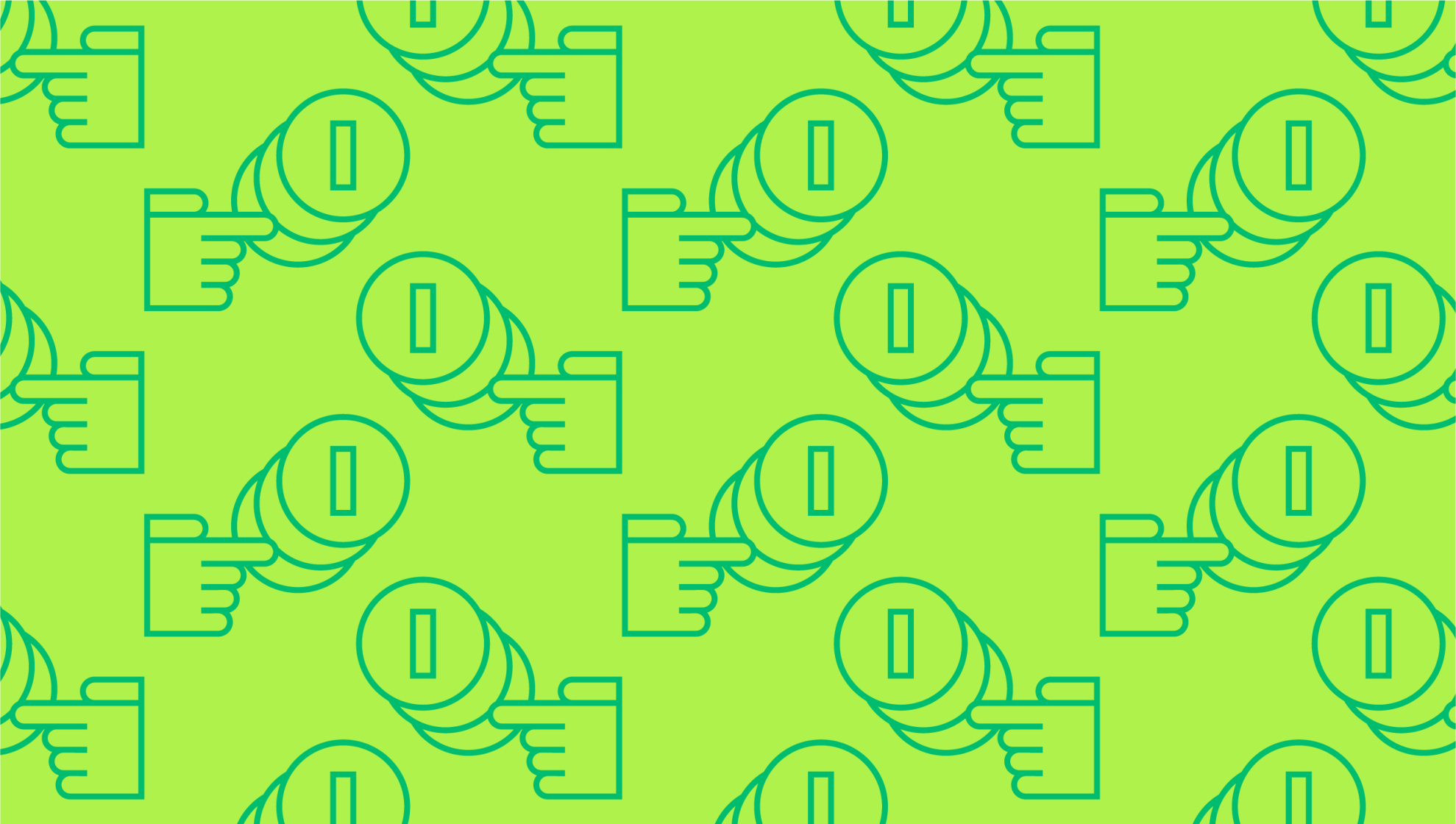Last editedJun 20233 min read
Running your business finances effectively means being able to account for every penny that goes into and out of your company. Financial modelling can give you some perspective on where your finances are (and will be), but sometimes you need to get a little more granular.
If your business uses the US’s Automated Clearing House network for bank-to-bank transactions (UK equivalent BACS), you are probably using an online platform to help you manage these payments. You can also use these platforms to trace payments, so you can get a granular perspective on where your money is going.
How to collect ACH Debit payments with GoCardless
1.
Create your free GoCardless account, access your user-friendly payments dashboard & connect your accounting software (if you use one).
2.
Easily set up & schedule ACH Debit payments via payment pages on your website checkout or secure payment links.
3.
From now on you'll get paid on time, every time, as GoCardless automatically collects payment on the scheduled Direct Debit collection date. Simple.
Examples of ACH Transactions
Businesses use ACH / BACS transactions for a variety of reasons. You’re probably using them right now, even if you usually refer to them by a different name. Because they cannot be stolen, lost, or get lost in the post, they are instrumental in facilitating fast payments and maintaining healthy cash flow. Businesses most commonly use them for:
Paying bills to utility providers
Paying vendors
Paying your employees (8 in 10 UK employees are paid by BACS)
Receiving payments from customers (particularly in the B2B space)
Looking for an easy & affordable way to collect ACH payments?
GoCardless saves merchants time, money & stress collecting ACH payments.
Why would you need to track an ACH transaction?
Tracking ACH is good financial practice. It always pays to know exactly where your money is going to and coming from. However, there are some specific circumstances under which you may need to track a transaction of this sort.
For instance, you may need to track a transaction if:
An employee did not get paid correctly or on time
An employee has not been reimbursed for their business expenses
A payment to a vendor has been sent but not received
A customer can prove that they have paid you, but the payment is not visible on your business bank account
Although these scenarios can be distressing, there are ways in which you can track transactions using your preferred online payment platform and get to the bottom of such discrepancies.
Tracking an ACH transaction
First, it’s important to remember that ACH transactions are not instant. They can take up to three days to process. So it’s vital that you wait for three days from the transaction date before a payment can be described as missing.
If the payment is still unaccounted for after three days, here’s how you can track the ACH transaction and determine what has happened.
Find the ACH transaction trace number. Every ACH transaction has two Trace IDs, including one for the source and one for the destination. You should be able to find these ACH transaction trace numbers listed in your online banking or payment account, listed under a heading such as ‘transaction details’.
Contact the bank. If you are the one waiting to receive a payment, you should contact your own bank with the ACH trace number. You may have to contact the payer for these details. If the payee is the one waiting for the transaction to clear, they should contact their bank. Sometimes, the transaction’s date and amount will be enough for the bank to trace the payment.
Track the payment. Unfortunately, end users don’t have access to the tracing system, so at this stage you’ll simply have to let the bank do the work for you. The bank representatives might ask for some additional information if it’s proven to be lost in the system, including the type of transaction. Yet in most cases, they will be able to pinpoint the transfer’s journey and location within the ACH network.
How to find the trace ID number(s)
If you are trying to locate a payment you have made, use your preferred online platform to access the transaction. There is usually a section called “Transaction details”, although its location on the interface will vary depending on your platform.
Here you will be able to access the transaction’s Trace ID. There are usually two Trace IDs – the “source” ID and the “destination” ID. The former can be traced the day after the transaction has been initiated. The latter is accessible when the payment has made its way into the destination bank account.
Reply to the intended recipient with this ID and encourage them to contact their financial institution. This should be enough to determine the transaction’s location and status.
We can help
If you’re interested in discovering more about ACH transactions or bank-to-bank payments around the world, then get in touch with the financial experts at GoCardless. Find out how GoCardless can help you with ad hoc payments or recurring payments.


